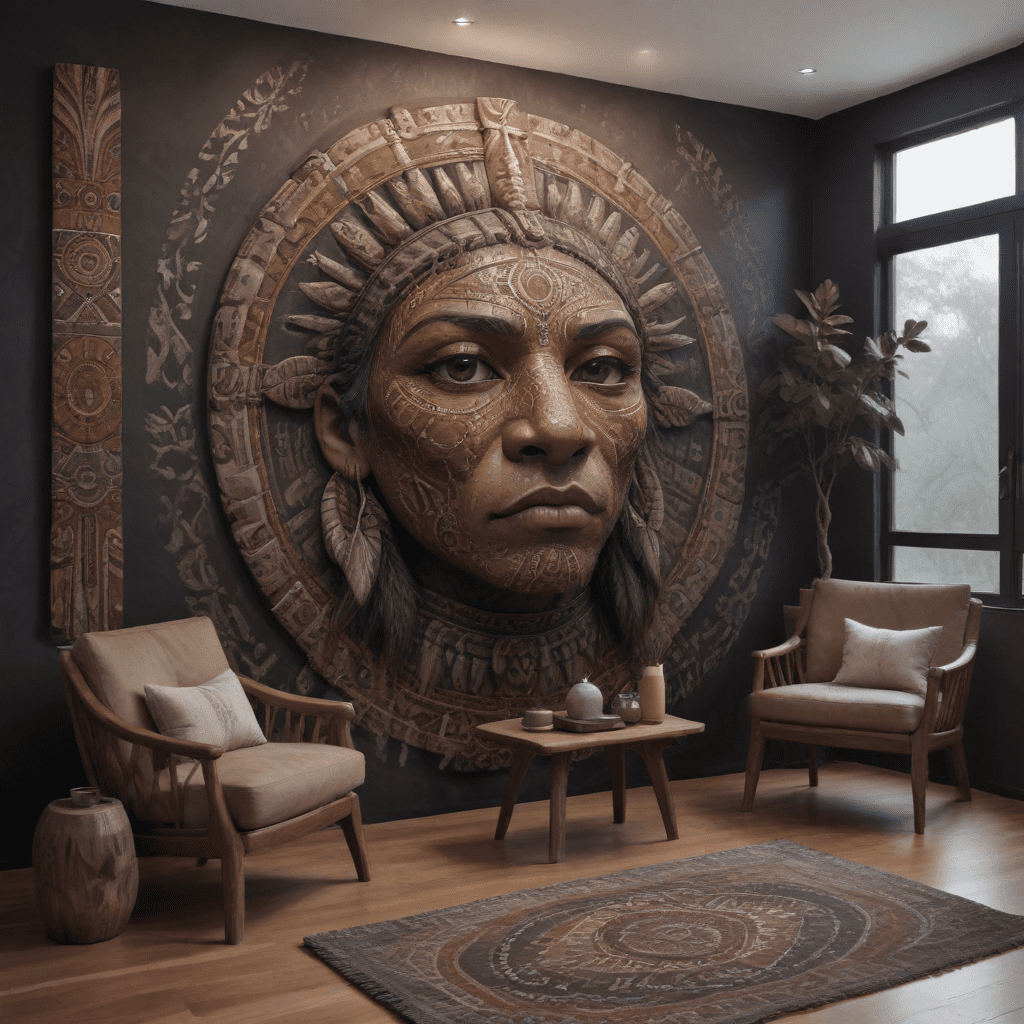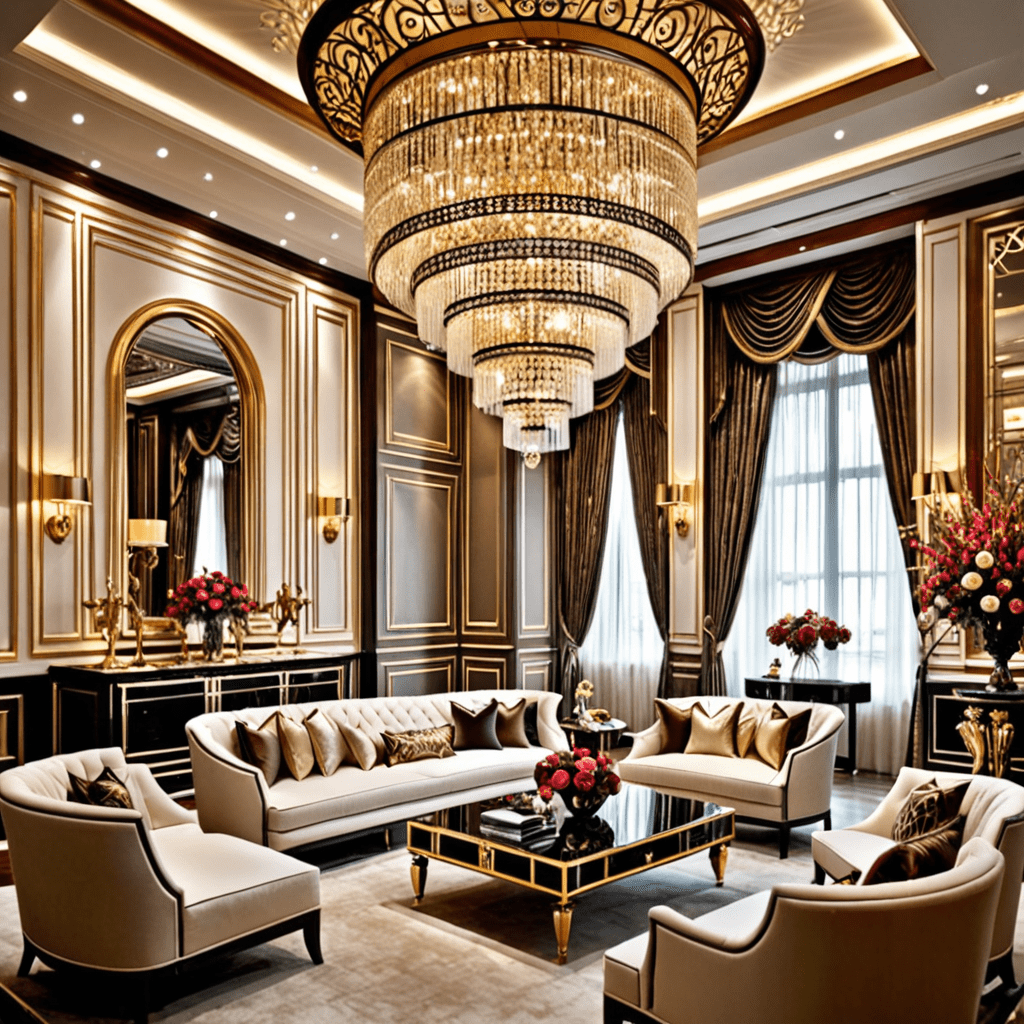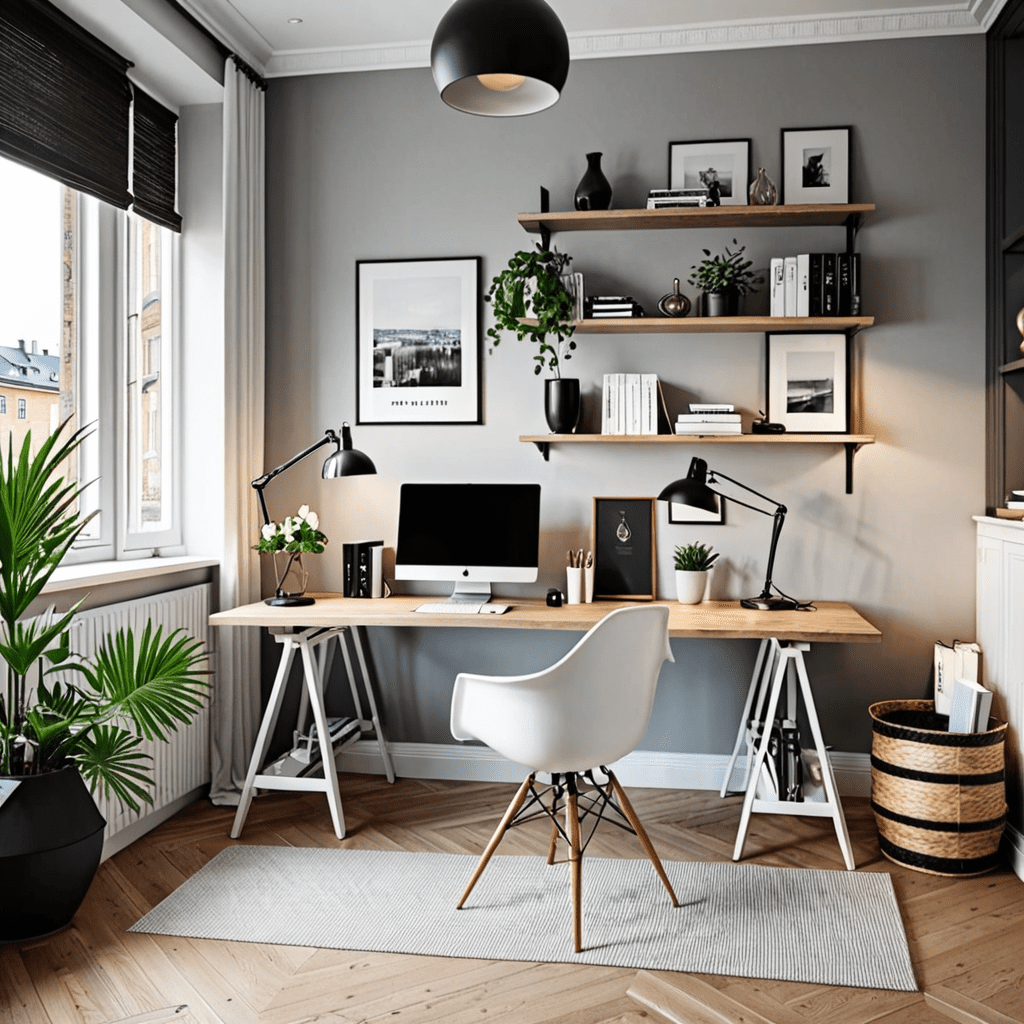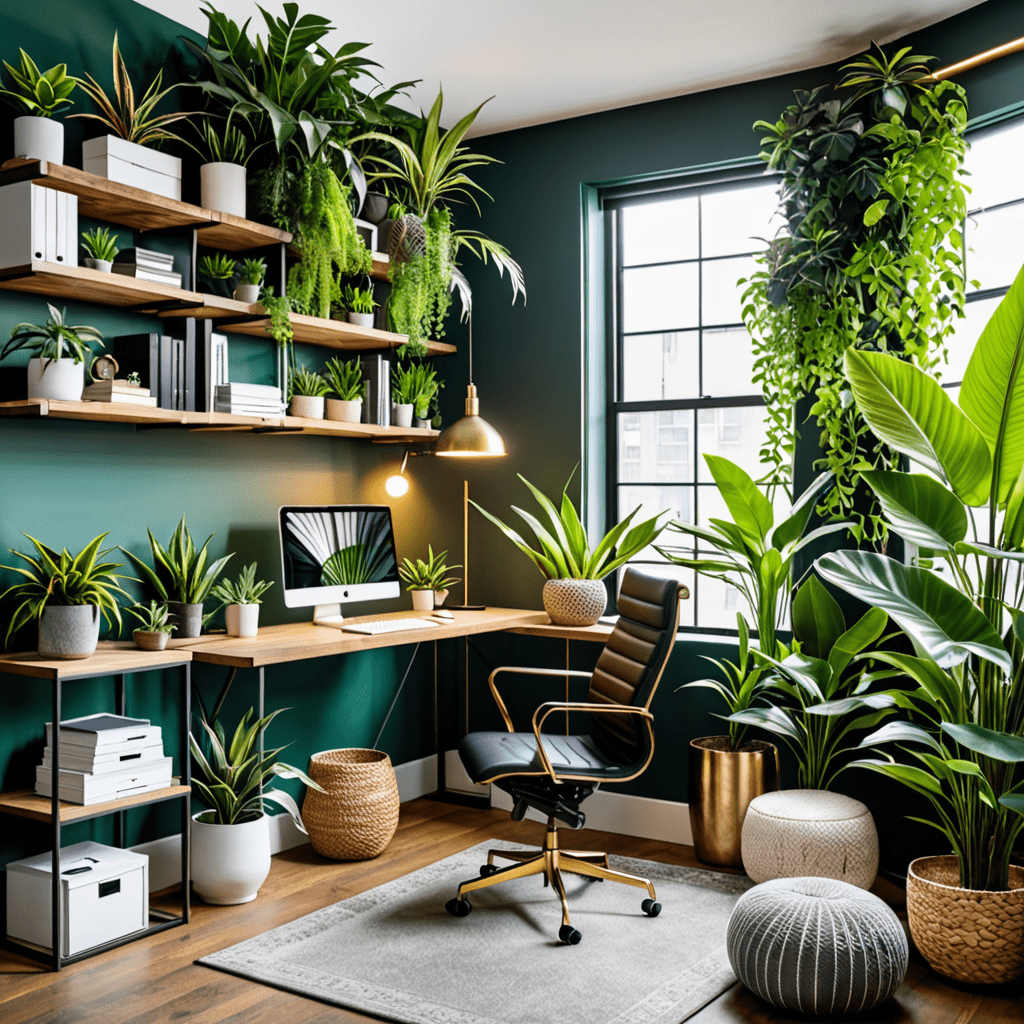Creating Flow: Mastering Transition Rhythm in Interior Design
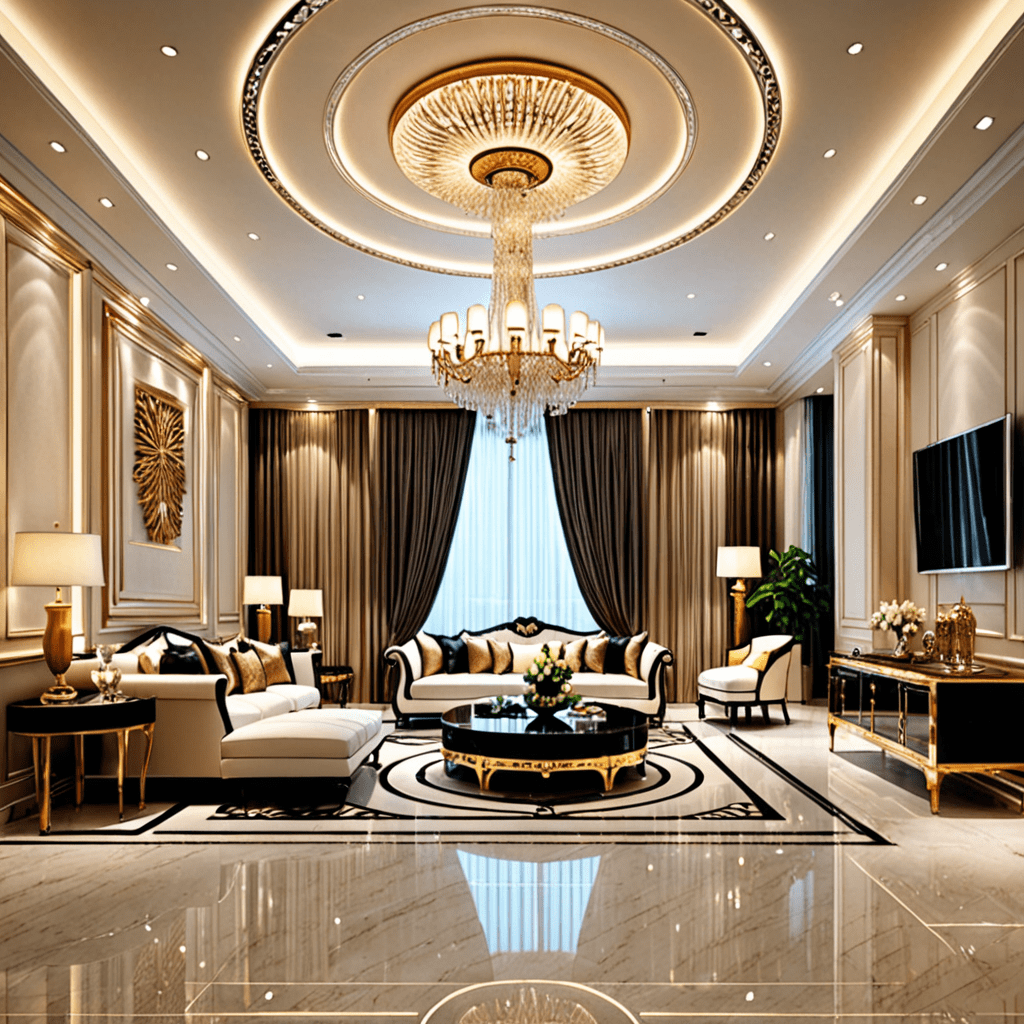

Creating Flow: Mastering Transition Rhythm in Interior Design
Transition rhythm in interior design is the art of seamlessly connecting different spaces within a home to create a harmonious flow. It involves the strategic placement of elements and the consideration of how one area transitions into another. By mastering transition rhythm, you can enhance the overall aesthetic appeal and functionality of your living spaces. In this article, we will explore the principles of transition rhythm and offer practical tips for implementing it in your interior design.
Understanding Transition Rhythm
Transition rhythm is about maintaining a sense of continuity as you move from one space to another within a home. It ensures that there is a smooth and visually pleasing progression from room to room. This concept is particularly important in open-concept living areas where there are minimal physical barriers between different zones.
Key Elements of Transition Rhythm
1. Color Palette: Creating a cohesive color scheme that flows from one area to the next can help unify the spaces within your home. Consider using a consistent color palette with variations in tone and shade to maintain visual harmony.
2. Flooring and Materials: Consistency in flooring materials or complementary material choices can aid in establishing a seamless transition. For example, using hardwood flooring throughout the living and dining areas can foster a sense of connectivity.
3. Architectural Details: Architectural elements such as doorways, arches, and columns can serve as transition points within a home. Pay attention to how these details frame and connect different spaces.
4. Furniture Arrangement: Thoughtful placement of furniture can guide the flow of movement and visually link adjoining areas. Arrange furniture in a way that facilitates easy transition from one space to another.
Practical Tips for Implementing Transition Rhythm
1. Define Zones: Clearly define distinct zones within an open floor plan by using area rugs, lighting, or furniture groupings. These visual cues can delineate different functional areas while maintaining a sense of continuity.
2. Consistent Sightlines: Create consistent sightlines by carefully considering the placement of doorways and openings. Harmonious sightlines contribute to a smooth transition between spaces.
3. Thoughtful Lighting: Ensure that lighting is carefully positioned to illuminate each area effectively while promoting a cohesive ambiance throughout the home.
4. Flow-Enhancing Accessories: Incorporate decorative elements such as artwork, mirrors, and accent pieces strategically to encourage a sense of flow and continuity between spaces.
5. Balance and Proportion: Maintain a sense of balance and proportion in furniture and decor placement to avoid abrupt transitions and create a visually pleasing progression.
FAQ
Q: How can transition rhythm benefit my interior design?
A: Mastering transition rhythm can create a cohesive and visually appealing flow throughout your home, enhancing its overall functionality and aesthetic appeal.
Q: Does transition rhythm only apply to open-concept spaces?
A: While transition rhythm is particularly important in open-concept layouts, it can also be applied to traditional floor plans to ensure a smooth transition between different rooms.
Q: What role does color play in transition rhythm?
A: A consistent color palette can unify spaces and contribute to a seamless transition between different areas within a home.
Q: Can transition rhythm be achieved on a budget?
A: Yes, implementing transition rhythm can be achieved on a budget by strategically utilizing color, lighting, and furniture arrangement to foster a sense of flow and continuity.
In summary, mastering transition rhythm in interior design involves thoughtful consideration of elements such as color, flooring, architectural details, and furniture arrangement to create a harmonious flow throughout a home. By applying the principles and practical tips outlined in this article, you can enhance the overall cohesiveness and appeal of your living spaces.
